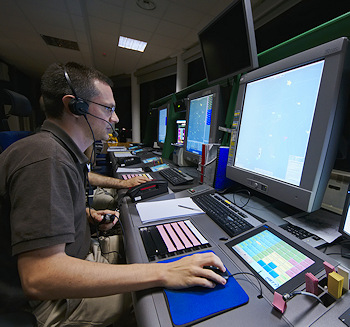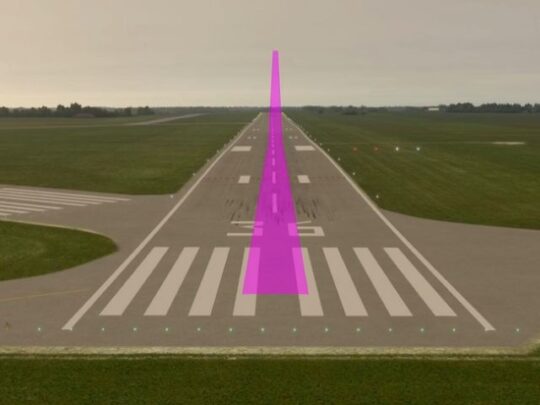Subscriber question:
"If I'm getting VFR advisories, do I need to report altitude changes to ATC?" —Frank W.
John:
 “The short answer is yes.
“The short answer is yes.
Guidance is contained in the AIM (Aeronautical Information Manual) under paragraph 4-1-15 b 2. It states that when receiving VFR radar advisory service, pilots should inform the controller when changing VFR cruising altitude.
VFR advisories, also known as Flight Following, are a service provided by radar-equipped ATC facilities. Pilots receiving this service are advised of any radar target observed on the radar display which may be in such proximity to the position of their aircraft or its intended route of flight that it warrants their attention. The controller may issue a turn or altitude change to help the pilot avoid conflicting traffic.
The avoidance vector or altitude is based on the current or projected path of both aircraft. It makes sense that the controller must be aware of any altitude changes you plan to make.
The controller may also assign an altitude that is contrary to the normal VFR altitudes for traffic avoidance—especially in Class B or C airspace. ATC is required to advise the aircraft when to resume appropriate VFR altitudes.”
How often do you report altitude changes to ATC when receiving VFR advisories?

